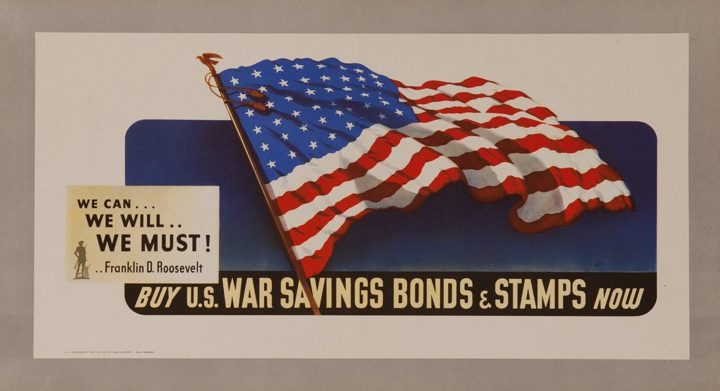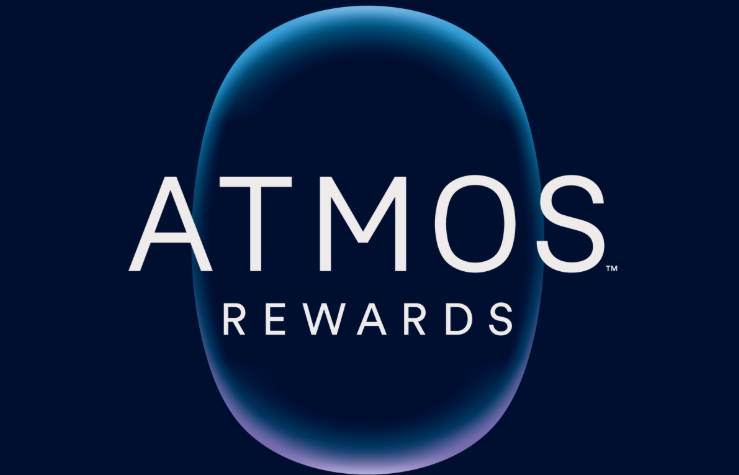Savings I Bonds are a unique, low-risk investment backed by the US Treasury that pay out a variable interest rate linked to inflation. With a holding period from 12 months to 30 years, you could own them as an alternative to bank certificates of deposit (they are liquid after 12 months) or bonds in your portfolio.
New inflation numbers were announced (late due to the government shutdown) at BLS.gov, which allows us to make an early prediction of the November 2025 savings bond rates just before the official announcement on the 1st. This also allows the opportunity to know exactly what an October 2025 savings bond purchase will yield over the next 12 months, instead of just 6 months. You can then compare this against a November 2025 purchase.
New inflation rate prediction. May 2025 CPI-U was 319.799. September 2025 CPI-U was 324.800, for a semi-annual inflation rate of 1.56%. Using the official composite rate formula:
Composite rate formula: [Fixed rate + (2 x semiannual inflation rate) + (fixed rate x semiannual inflation rate)]
This results in the variable component of interest rate for the next 6 month cycle being ~3.12 to 3.13%, depending on the fixed rate.
Tips on purchase and redemption. You can’t redeem until after 12 months of ownership, and any redemptions within 5 years incur an interest penalty of the last 3 months of interest.
A simple “trick” with I-Bonds is that if you buy at the end of the month, you’ll still get all the interest for the entire month – same as if you bought it in the beginning of the month. It’s best to give yourself a few business days of buffer time. If you miss the cutoff, your effective purchase date will be bumped into the next month. (You should always sell at the very beginning of the month.)
Buying in October 2025. If you buy before the end of October, the fixed rate portion of I-Bonds will be 1.10%. You will be guaranteed a total interest rate of 1.10 + 2.88 = 3.98% for the next 6 months.
For the 6 months after that, the total rate will be 1.10 + 3.12 = 4.22%.
Buying in November 2025. If you buy in November 2025, you will get ~3.12% plus a newly-set fixed rate for the first 6 months. The new fixed rate is officially unknown, but is loosely linked to the real yield of short-term TIPS with some reductions. In the previous 10 days, 5-year TIPS real rates have ranged from 1.19% to 1.30%. If I had to guess, I’d put a new fixed rate somewhere between 0.8 to 1.0%, for a total rate of about 4%.
Every six months after your purchase, your rate will adjust to your fixed rate (set at purchase) plus a variable rate based on inflation.
If you have an existing I-Bond, the rates reset every 6 months depending on your specific purchase month. Everyone will eventually get this variable rate. Your bond rate = your specific fixed rate (based on purchase month, look it up here) + variable rate (total bond rate has a minimum floor of 0%).
Buy now or wait? Between those two options, if you are a long-term holder, you might grab the 1.1% fixed rate “bird in the hand” in October as the fixed rate will likely be lower in November. If you’re in it for the short-term, you may want to buy in November in case inflation shoots up.
Unique features and benefits! There are definitely reasons to own Series I Savings Bonds, including inflation protection, tax deferral, exemption from state income taxes, and potential tax benefits if used toward qualified educational expenses.
Unique drawbacks! You can only buy new savings bonds through TreasuryDirect.gov, which is limited in its customer service resources and features.
There is also no option for paper tax forms nor statements (or even online monthly statements), so your heirs may never know they exist! If they do find it, it may take them several months and a lot of effort to close out all the estate paperwork. If your password is ever compromised, they will not replace any lost or stolen savings bonds (they explicitly accept no liability). The juice may not be worth the squeeze when you can own individual Treasury bonds or TIPS within any full-service brokerage account.
I also used to believe that the government would not tamper or attempt to politically influence these BLS CPI statistics that are at the core of many important functions, including Social Security inflation adjustments, TIPS, and these I Savings Bonds.
Now I’m not so sure.
Personally, I sold all my savings bonds in 2024 and do not plan to buy any more. I’m older now and I feel the small potential benefit just doesn’t outweigh the small possibility that I could lose the entire amount due to estate-handling mistakes or online hack. I’d rather own TIPS and US Treasuries directly in a full-service brokerage account.
Annual purchase limits. The annual purchase limit is now $10,000 in online I-bonds per Social Security Number. For a couple, that’s $20,000 per year.
As of 2025, you can only buy online at TreasuryDirect.gov, after making sure you’re okay with their security protocols and user-friendliness. (No more tax refund savings bonds.) Technically, the purchase limits are per Social Security Number or Employer Identification Number. For those looking for another way to expand their purchasing power, that means you can also buy for a child, grandchild, LLC, or a trust.
Bottom line. Savings I bonds are a unique, low-risk investment that are linked to inflation and only available to individual investors. You can now only purchase them online at TreasuryDirect.gov. They have both unique benefit and drawbacks.
For more background, see the rest of my posts on savings bonds.
[Image: 1942 US Savings Bond poster – source]
Disclaimer: This story is auto-aggregated by a computer program and has not been created or edited by finopulse.
Publisher: Source link








